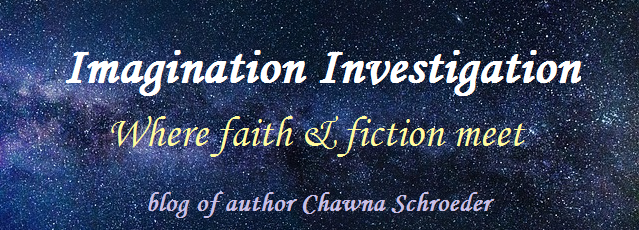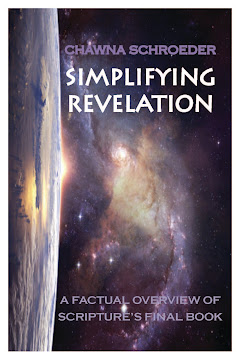 Title: Sir Kendrick and the Castle of Bel Lione
Title: Sir Kendrick and the Castle of Bel LioneSeries: The Knights of Arrethtrae #1
Author: Chuck Black
Genre: Tween (10-14) Allegory
Excerpt from “A Glint of the Dark,” Chapter 1 of Sir Kendrick and the Castle of Bel Lione:
The tip of the bright silver blade split the air as it plunged toward Sir Kendrick’s chest. But the thrust was ill timed and too committed, considering the advantage Kendrick had over his opponent. Kendrick parried the thrust and countered with a crosscut that threw his opponent into retreat. This seemed to perturb the broad-shouldered young man, who unleashed a wild volley of cuts and slices. Cheers rose from the dozen or so onlookers, each of whom brandished a sword and a look of anticipation.
Kendrick found himself working hard to deflect the young knight’s clumsy but powerful blows. A slice came close to striking Kendrick’s shoulder, and he fought the urge to counter with the mastery that was available to him. He parried another cut, then held up his left hand and commanded, “Stand down!”
A knight and his mentee search for the base of a dark knight.
The Craft: Allegory is one of the writer’s hardest tools to master. Yet when handled well, allegory can add color and depth to a story, making it worth reading again and again.
Unfortunately allegory seems rarely applied with the skill it requires, and this is why I tend to dislike allegorical books. Sir Kendrick and the Castle of Bel Lione is a prime example why.
It is not that Sir Kendrick is poorly written. The story itself is well-paced. The narrator voice is entertaining, even if it tends to tell us what happened instead of showing. There’s some great humor and even some pretty exciting action. But the allegory of Sir Kendrick turned a decent novel into a morality tale, burying the story beneath the message.
The desire to teach is noble. Most Christian authors, no matter their genre or style, hope to convey God’s truth to their audience. But fiction is for storytelling first and foremost—otherwise we would write nonfiction. Therefore, when teaching a lesson overrides telling a story, the balance is upset.
Yet Mr. Black, by his own admission, wrote the story to teach: “…the Knights of Arrethtrae Series present biblical principles allegorically. Each book teaches about virtues and vices conveyed through the truth of God’s word.” (Author Commentary, emphasis mine.) Again, teaching is an honorable desire, even in fiction. But when the message dominates the story, the point is hammered into the reader’s head: “Did you get it? Did you really? Well, in case you didn’t, here it is again.” The result is an unintentional assumption that the readers aren’t smart enough to figure it out themselves, and the story is drained of its power to impact.
And this is why I dislike many Christian allegories: So much potential, so much power lost.
The Content: All the craft problems aside, the content is decent. We have heroic heroes, evil villains, and couple balanced mixed characters—good stuff for a book which will cross over into much younger ages than the preteen group I assigned it. And while the story often feels contrived to get the point across, the messages of hope midst darkness, the unseen battles, discernment, forgiveness, and loyalty are worth hearing.
The book does contain many sword fight and mention of torture. But the fights rarely end in injury or death, and when they do, it is not graphic.
Summary: The overdone allegory drains much of the entertainment value and the story’s power. However, the clear message, heroic heroes, and the appropriate consequence might make this story a good bridge for kids struggling to develop discernment in fiction.
Rating: Craft—1, Content—4, Overall—2.9 out of 5 stars
Find Sir Kendrick and other "safe" speculative for kids and adults at my Amazon affliate bookstore, Words of Whimsy.
(An affliate bookstore is a place where I receive a small percentage of a kickback of a sale resulting from my recommendation.)




No comments:
Post a Comment